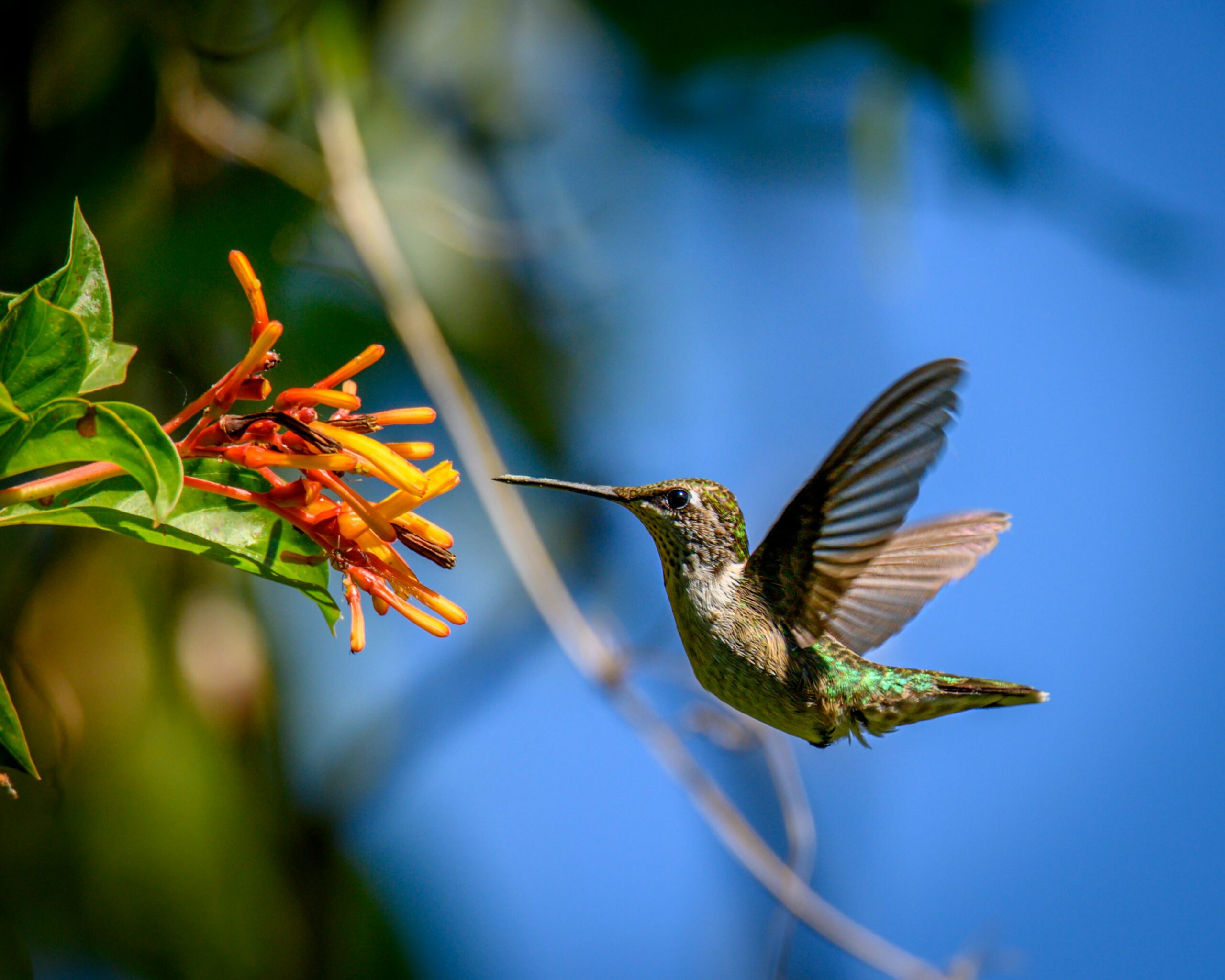**The Importance of Nectar-Rich Plants for Hummingbirds**
Hummingbirds are fascinating creatures known for their iridescent plumage, incredible agility in flight, and their unique feeding habits. These tiny birds have an incredibly fast metabolism and need to consume large amounts of nectar to sustain their energy levels. Nectar-rich plants play a crucial role in providing hummingbirds with the necessary nutrition they need to thrive. By understanding the importance of planting nectar-rich flowers in your garden, you can help support these beautiful birds and contribute to their conservation.
**Why Nectar-Rich Plants are Essential for Hummingbirds**
Hummingbirds primarily feed on nectar from flowers, which is a rich source of sugar that provides them with the energy they need for their high-energy lifestyle. Nectar is their main source of carbohydrates, and they rely on it to fuel their rapid wingbeats, which can exceed 50 times per second. In addition to nectar, hummingbirds also consume insects for protein and essential nutrients. By planting nectar-rich flowers in your garden, you can help attract hummingbirds and provide them with a reliable food source.
**Choosing the Right Nectar-Rich Plants**
When selecting nectar-rich plants for your garden, it’s essential to choose a variety of flowers that bloom at different times throughout the year. This ensures that hummingbirds have a consistent food source across seasons. Some popular nectar-rich plants that are attractive to hummingbirds include trumpet vine, bee balm, salvia, and columbine. These flowers not only provide ample nectar but also offer vibrant colors and beautiful blooms that enhance the aesthetic appeal of your garden.
**Creating a Hummingbird-Friendly Habitat**
In addition to planting nectar-rich flowers, creating a hummingbird-friendly habitat involves providing other essential elements that these birds need to thrive. Hummingbirds require perches for resting, clean water sources for bathing and drinking, and sheltered areas for nesting. By incorporating these elements into your garden design, you can create a welcoming environment that attracts hummingbirds and supports their well-being.
**Maintaining Your Garden for Hummingbirds**
To ensure that your garden remains a haven for hummingbirds, it’s important to maintain the nectar-rich plants and other features that attract these birds. Regularly deadheading flowers, pruning overgrown plants, and keeping bird feeders clean are essential tasks to support a healthy habitat for hummingbirds. By staying attentive to the needs of these tiny creatures, you can enjoy the beauty of their presence in your garden year after year.
**Conclusion**
In conclusion, nectar-rich plants play a vital role in supporting the health and well-being of hummingbirds. By planting a variety of nectar-rich flowers, creating a hummingbird-friendly habitat, and maintaining your garden with care, you can help attract these fascinating birds to your outdoor space. By taking simple steps to support hummingbirds, you not only enhance the biodiversity of your garden but also contribute to the conservation of these remarkable creatures. So, consider adding nectar-rich plants to your garden today and enjoy the delightful presence of hummingbirds fluttering among the blooms.


